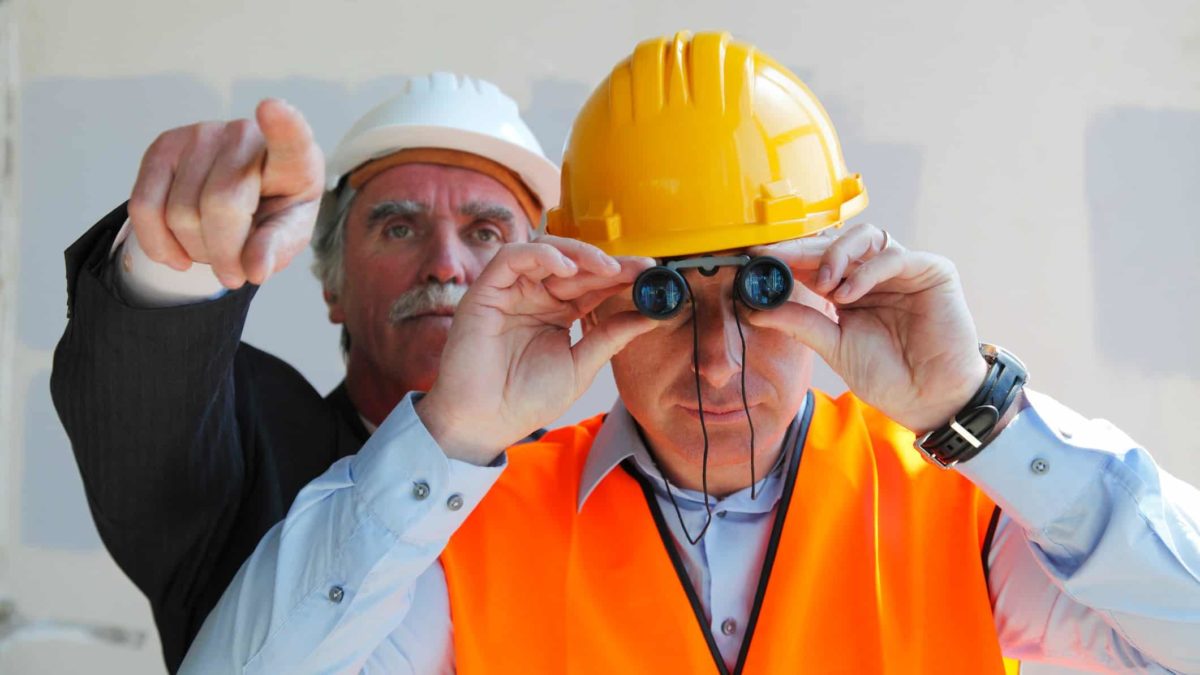
Are ASX iron ore shares worthy of a spot in the portfolio these days? The mining cycle might shed some light on the possibilities without needing a crystal ball.
A studious investor can make a mint by understanding the various stages of cyclical companies. Cycles are by no means definitive — parts of them can go on longer than expected — but they can provide an approximate marker of where we are within the circular journey.
The question is: Are we in a stage of the cycle that supports buying ASX iron ore shares?
We need to know the various stages before figuring out which part of the cycle we might be in.
A recent article from boutique investment manager Atlas Funds Management broke it down into five stages. I've taken the liberty of condensing it all into one memorable acronym: DENTS
Demand: During this stage, higher demand for the commodity is met by a stable supply. The industry will still be recuperating from the previous 'bust' and will lack any spare capacity. Additionally, management is cautious about increasing supply at the risk of weighing down prices.
Expansion: Stage two brings renewed confidence. By this point, miners have been running at maximum capacity for an extended duration, with prices remaining economical. Companies will begin investing in bringing new production to life again.
As noted by Atlas, mergers and acquisitions tend to increase at this stage. Buying out a competitor can allow an ASX iron ore share (or any other miner) to grow production quicker than undergoing the entire development process.
New supply: In stage three, the rush is on to make hay while the sun shines. Every miner and their dog expands production. The flood of new supply overflows the previously insatiable demand, weakening the commodity price.
Despite weaker prices, new projects often keep upping production to meet their debt repayments on financed developments. A downward price spiral can emerge rather quickly.
Trimming: In the fourth stage, it's clear prices are no longer economical for high-cost operations. A telltale sign of the deteriorating situation is when mining services contractors lower their prices in a bid to keep making at least some money.
The big dogs of the sector may begin cutting dividends to strengthen their balance sheets.
Survival: This is the end of the road. Only the low-cost, high-grade projects are left standing, while many others are forced to place their sites into care and maintenance. Even quality operations will begin scaling back to conserve capital in anticipation of a long winter.
How long is a piece of string?
Whether now is the time to buy ASX iron ore shares depends on future supply and demand. Views are conflicted here.
Miners such as Fortescue Ltd (ASX: FMG), BHP Group Ltd (ASX: BHP), and Rio Tinto Ltd (ASX: RIO) have reduced their dividend payouts from 2022 highs — a characteristic of the late 'trimming' stage.
However, some believe iron ore is set for a multi-decade supply shortfall. If true, we might still be in the first stage of the cycle. Meanwhile, others are more wary of the demand side of the equation.
China reportedly began cutting steel production last month as iron ore inventories pile up. Liberum senior commodities analyst Tom Price said, "It's hard to build a bullish case for iron ore over any time horizon at the moment."
The going price of iron ore is down 22% year-to-date at US$108.8 per tonne.